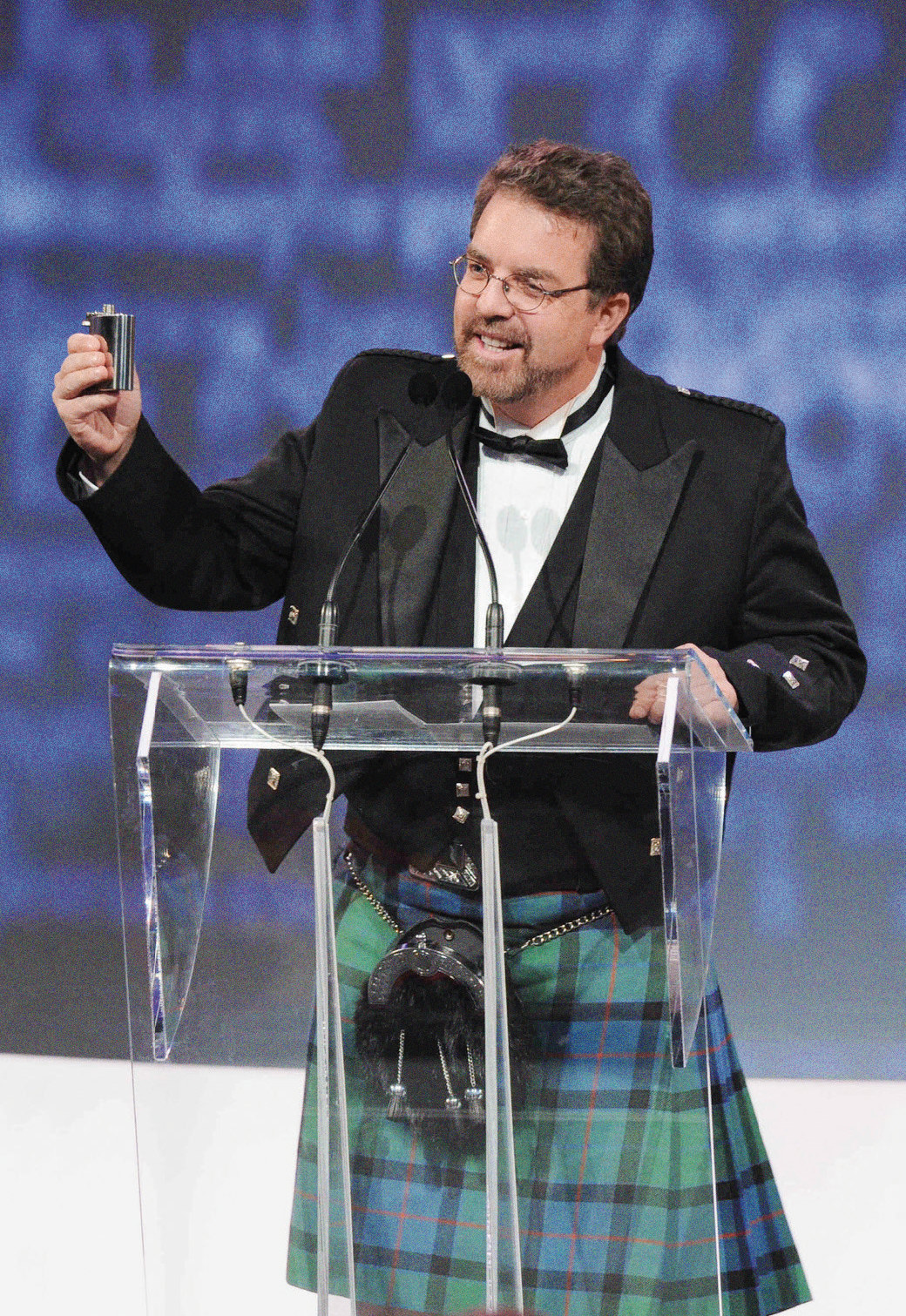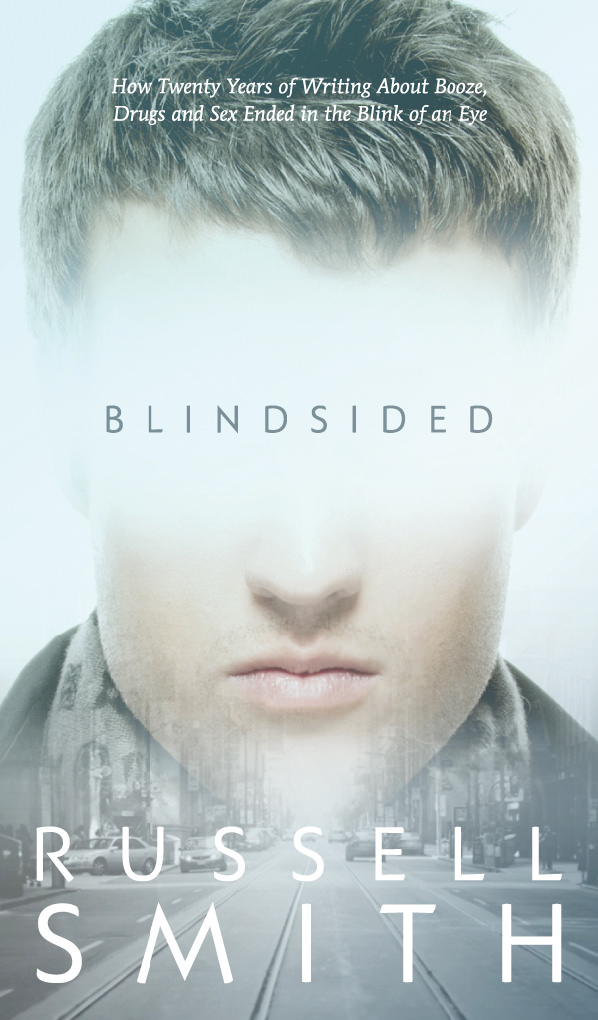-
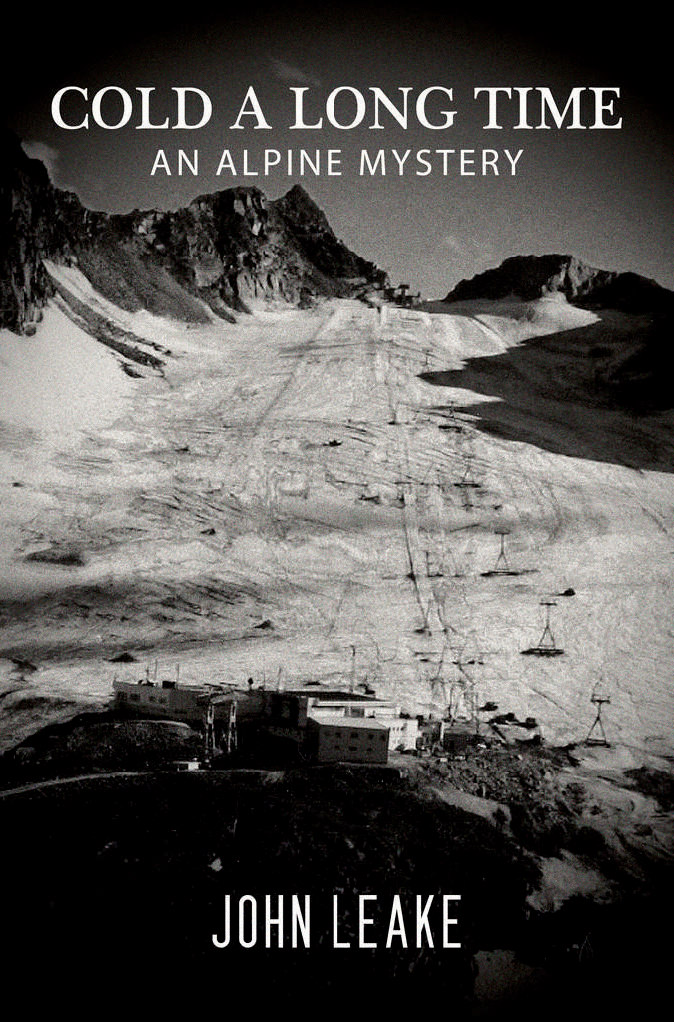
Cold a Long Time: An Alpine Mystery by John Leake.
-
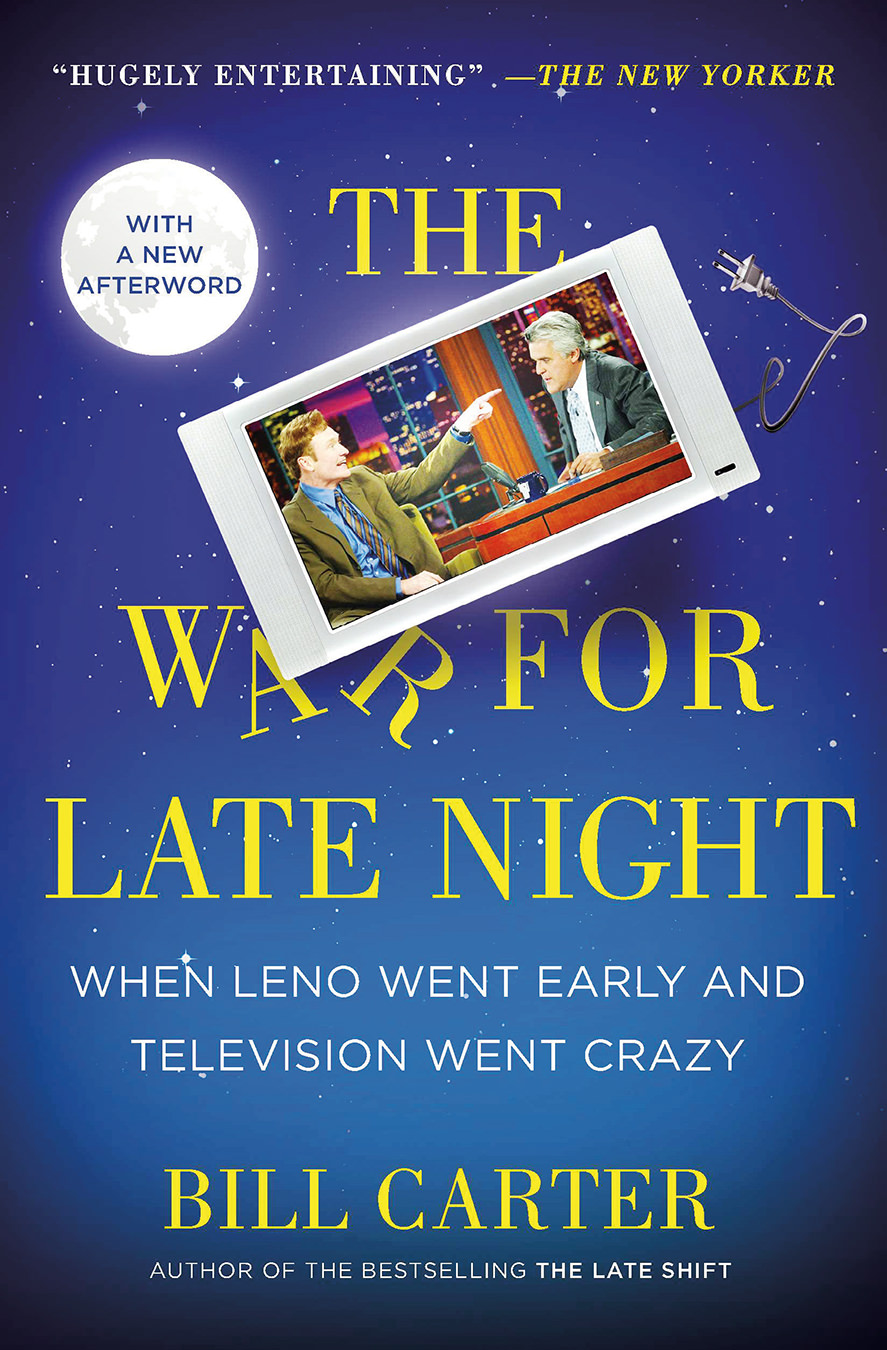
The War for Late Night: When Leno Went Early and Television Went Crazy by Bill Carter.
-
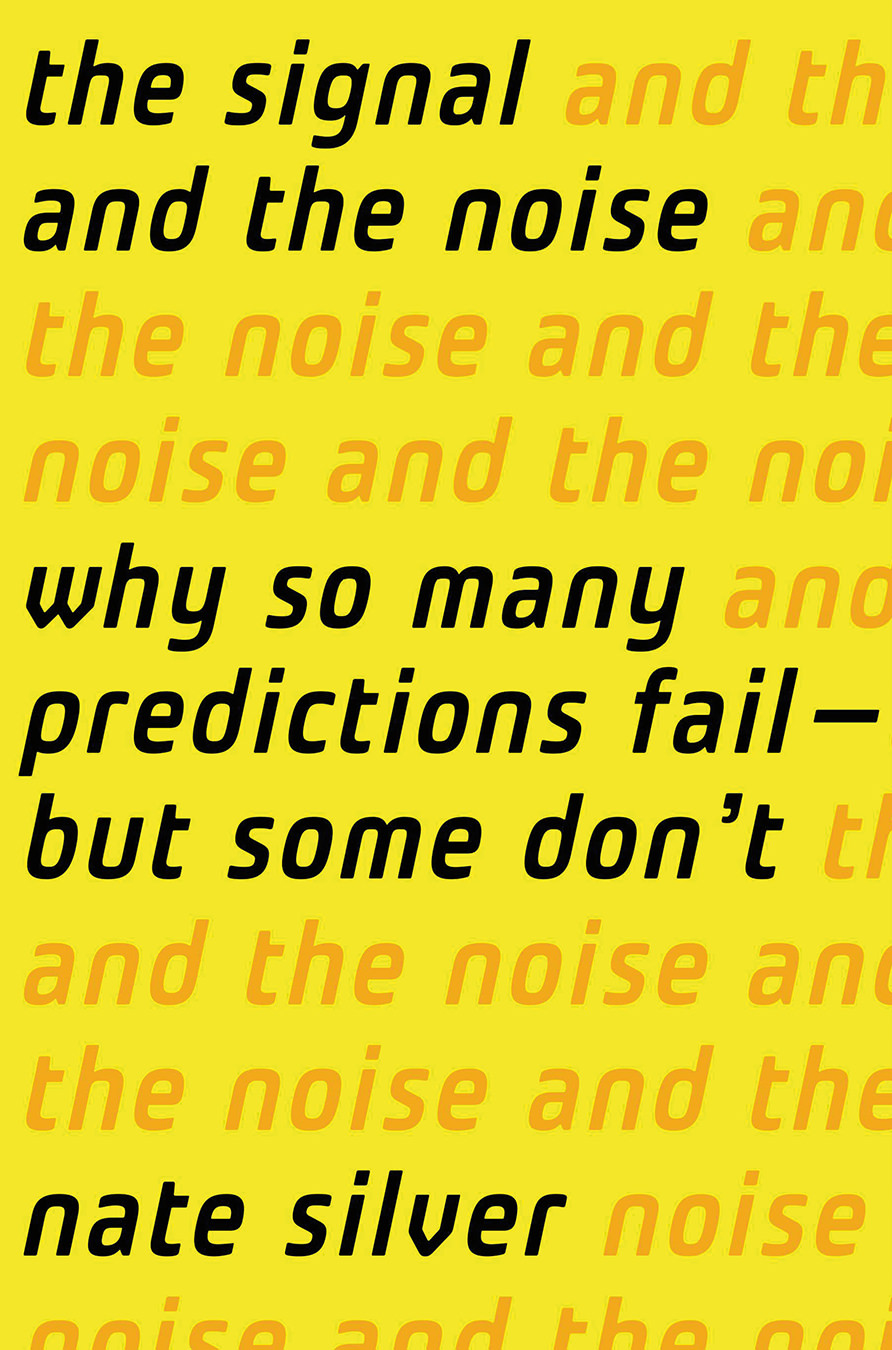
The Signal and the Noise: Why So Many Predictions Fail–But Some Don’t by Nate Silver.
Off the Shelf: Non-Fiction
Books by John Leake, Bill Carter, and Nate Silver.
The ease with which we are now able to access so much information can be disconcerting. Mostly gone is the challenge of having to spend any substantial effort to learn about something—even the most obscure topics have Wikipedia pages and YouTube videos. Not that I’m complaining. It’s just a little eerie how quickly we’ve adjusted, and how blithely we take it all for granted.
And that’s one reason why non-fiction writing has maintained its importance. No matter its subject, the best writing should allow for much deeper insight into the topic than the surface level of understanding that is so easy to come by. And strong writers will work with the knowledge that we are not quite as used to parsing massive amounts of text these days, and ensure that their writing is engaging and insightful.
Cold a Long Time: An Alpine Mystery
John Leake’s Cold a Long Time: An Alpine Mystery tells the story of Duncan MacPherson, a young Canadian hockey player from Saskatoon. In 1989, he was released from his contract with the New York Islanders; he had been a first-round draft pick five years prior, but injuries had prevented him from ever playing in an NHL game. The 23-year-old accepted a job coaching a hockey team in Scotland, and that summer he left for Europe to do some sightseeing before the job started in mid-August. He never arrived.
His parents, Lynda and Bob MacPherson, considered many theories regarding his disappearance. Duncan had told his mother earlier that year that “he’d been approached by a man who claimed to be a recruiter for the CIA and who asked him if he’d be interested in working for the agency”—he’d turned the man down. Duncan had previously contracted Lyme disease, and his father learned that in unusual cases it can cause amnesia and shifts in personality; maybe he had lost his memory somewhere on his trip. And his contact for the coaching gig in Scotland seemed slightly shady. Could Duncan—a “6’1″ professional hockey player whose fighting spirit had earned him the nickname ‘MacFearsome’ ”—have been the victim of foul play?
Lynda and Bob immediately travelled to Europe; they would go on to spend thousands of dollars and years of their lives searching for him. Their anguish was exacerbated by a puzzling lack of co-operation and empathy they endured in their search, which was epitomized in the discovery of Duncan’s car in the parking lot of a ski resort in Austria. It had “sat in the same conspicuous place for forty-two days. There was something profoundly macabre about Stubai Glacier personnel ignoring such a glaring signal that the car’s driver was dead.”
The investigation by the MacPhersons—and later Leake, who met the couple in 2009 and quickly became intrigued by their story—into the resort and in the nearby town of Innsbruck only raised more questions. They were “treated abominably by Innsbruck officials” and discovered numerous report inconsistencies, prompting the notion of a conspiracy: “The more the MacPhersons learned about the valley, the more they realized that it lived from the Stubai Glacier. With the tremendous success of the ski resort, those who’d once been poor farmers became the owners of hotels, retail shops, restaurants, and gas stations. The Stubai Glacier was the goose that laid the golden egg, and no one would dare hurt it.”
Fourteen years after Duncan went missing, an exceptionally hot summer in 2003 resulted in heavy melting on the Stubai Glacier, which revealed his body. It was on the ski slope, and Bob was “astonished by the location—dead center, about 25 meters east of the tow-lift. Through all that searching, he’d been right under their noses. Bob remembered taking a photograph of Lynda six years earlier on the walking path” only metres from where their son was buried in the ice. Yet the location and condition of his body raised even more questions.
Leake deftly sifts through evidence and interviews and comes to several disturbing conclusions. But the book is just as enthralling for its documentation of the devastating experience endured by Duncan’s parents, for whom “all those years of not knowing what had happened to their child had created a special kind of hell.” Their drive to discover what happened to Duncan is as inspirational as it is heartbreaking.
The War for Late Night: When Leno Went Early and Television Went Crazy
The War for Late Night: When Leno Went Early and Television Went Crazy by Bill Carter describes that odd era of television history leading up to June 2009, when Conan O’Brien took over The Tonight Show from Jay Leno—and then seven months later, when Leno took it back.
Several years previously, NBC had told Leno that he would end his time on The Tonight Show in 2009, making way for O’Brien (then the host of Late Night) to take over. The network was concerned that the popular O’Brien would leave for another if he wasn’t offered the flagship—but as the handover date got closer and closer, NBC became increasingly hesitant about losing Leno, and finally created The Jay Leno Show in an effort to avoid losing both. Leno’s new show would air every weeknight in prime time, and for all myriad of economic and cultural reasons described in significant detail by Carter (for one, it was cheaper than putting five dramas on the air; for another, “NBC touted the originality of offering viewers an hour of comedy rather than the standard murder investigations and doctors having sex at ten p.m.”), it was expected to make history. Such hype was there that Time magazine famously put Leno on the cover with the line “Jay Leno Is the Future of Television. Seriously!” Then the show bombed, and within a few months, NBC decided to move it to Leno’s old time slot, which would push back O’Brien’s Tonight Show. Taking the move as a grievous insult to the legacy of The Tonight Show, O’Brien refused, which eventually resulted in NBC putting Leno back behind the desk. And as anyone who watched any TV during that period will remember, all hell—in the form of a very public fracas—broke loose.
The manner in which Carter—and his sources and interview subjects—describes and distinguishes between the two personalities is fascinating. There’s Jay, with his “workmanlike style” and conviction that “deep down he was an unpretentious working man. An insanely well-paid one, certainly, but still a guy with a boss and a job and a salary.” And then there’s Conan, far more emotional, “who could fly high on comic inspiration, [yet] was also capable of the deepest of lows when he spiraled all the way down,” and who “had the bug, the congenital disease that had afflicted virtually every comic of the baby-boom generation—and, yes, that still included O’Brien, born in 1963: a craving to do the job Johnny Carson had defined so indelibly … He was in thrall to the dream: He wanted The Tonight Show.”
Carter is well acquainted with this territory. He previously wrote The Late Shift, which chronicled the messy battle for The Tonight Show after Johnny Carson retired in 1992 and Leno was chosen—not without controversy—to host over David Letterman. That The Tonight Show had already dealt with one turbulent transition makes what happened in 2009 so absurd—and yet it seems that even those heavily involved in the process saw it like a car crash in slow motion, with nothing to do except wince and watch it happen. The book is full of behind-the-scenes anecdotes (there’s some history, for example, behind Jimmy Kimmel’s scathing appearance onThe Jay Leno Show via satellite late in the conflict, during which he came to O’Brien’s defence and pleaded, “You’ve got eight hundred million dollars! For god’s sakes, leave our shows alone!”), and Carter writes extensively about the network television zeitgeist of the last couple of decades. The tale of two talented performers and the various forces that drove them to such a public conflict during that curious television season is vividly entertaining.
The Signal and the Noise: Why So Many Predictions Fail–But Some Don’t
You may know Nate Silver—author of The Signal and the Noise: Why So Many Predictions Fail–But Some Don’t—from the endless media coverage leading up to the 2012 U.S. presidential election; even before he correctly predicted the winners of all 50 states, he was being heralded as a kind of statistics virtuoso. (Jon Stewart dubbed him “Nate Silver, Lord and God of the Algorithm” during an appearance on The Daily Show.)
For all that, you’d be forgiven for assuming that The Signal and the Noise is a number-filled formula-fest focusing on the finer points of poll prediction. But Silver is just so interested in topics ranging from the recent economic crisis to the weather, from poker to the spread of disease, from earthquakes to terrorism—and he’s able to tie it all together and make readable his approach to making predictions.
Early in the book, he describes the exponential increase in information we are currently experiencing: “If the quantity of information is increasing by 2.5 quintillion bytes per day, the amount of useful information almost certainly isn’t. Most of it is just noise, and the noise is increasing faster than the signal. There are so many hypotheses to test, so many data sets to mine—but a relatively constant amount of objective truth.”
He discusses a diverse array of topics in impressive depth, all the while documenting the failures, successes, and consequences of our predictions. He acknowledges, “We need to stop, and admit it: we have a prediction problem. We love to predict things—and we aren’t very good at it.” The recent economic crisis provides a startling example: “In December 2007, economists in the Wall Street Journal forecasting panel predicted only a 38 percent likelihood of a recession over the next year. This was remarkable because, the data would later reveal, the economy was already in recession at the time.”
Yet Silver is hopeful; he advocates for what he calls Bayesian reasoning, which involves a mathematical formula but also requires an “attitudinal change”—a different way of looking at “the assumptions and beliefs that we bring to a problem.” And not all of our prediction-making endeavours have been fruitless; he describes weather forecasting as being a success story. Ultimately, his main message is a critical one: “The volume of information is increasing exponentially,” writes Silver. “But relatively little of this information is useful—the signal-to-noise ratio may be waning. We need better ways of distinguishing the two.”

